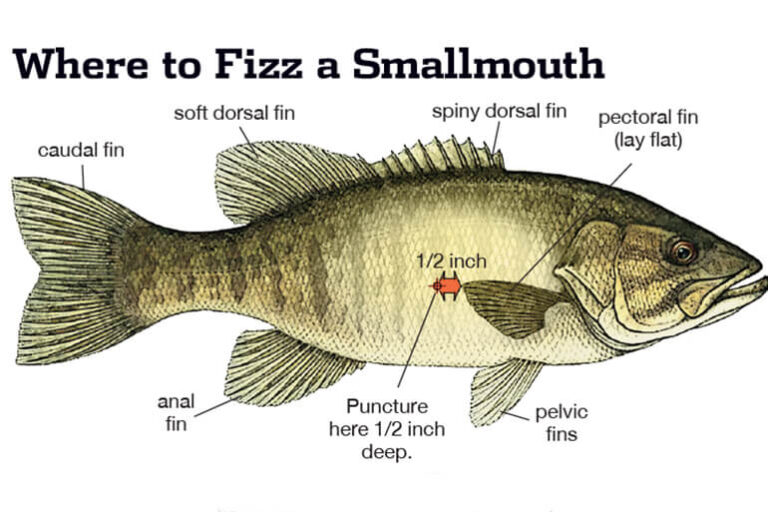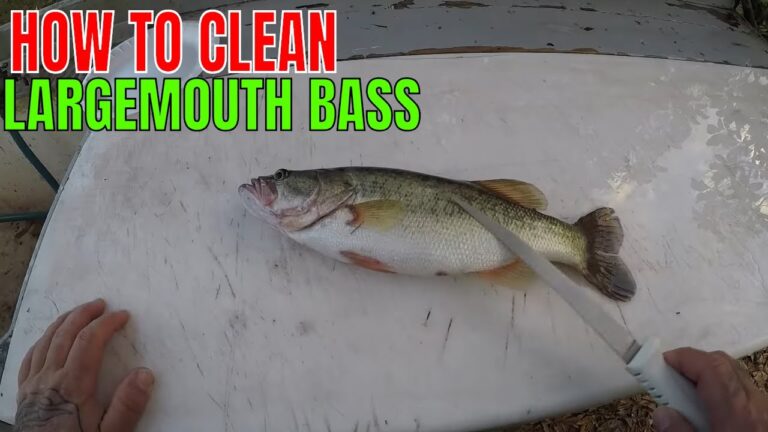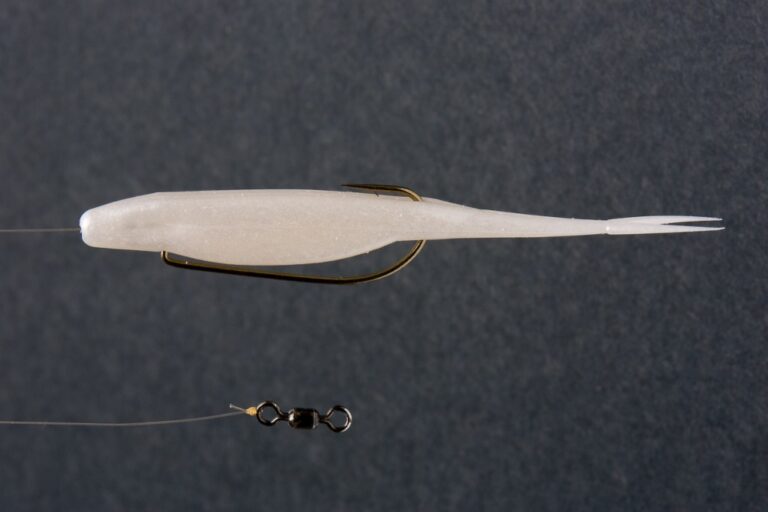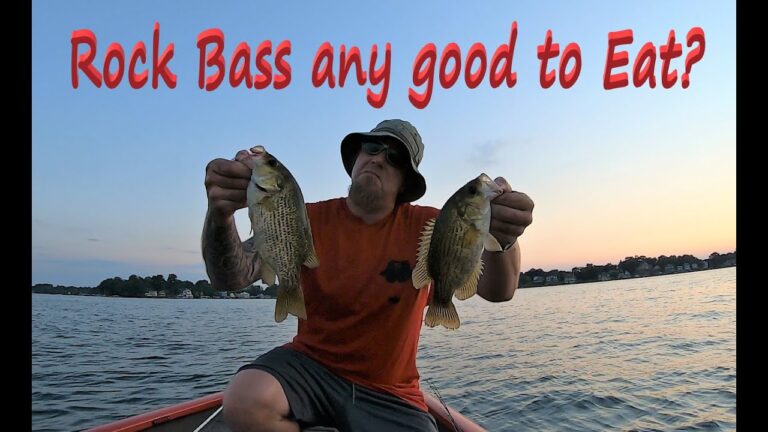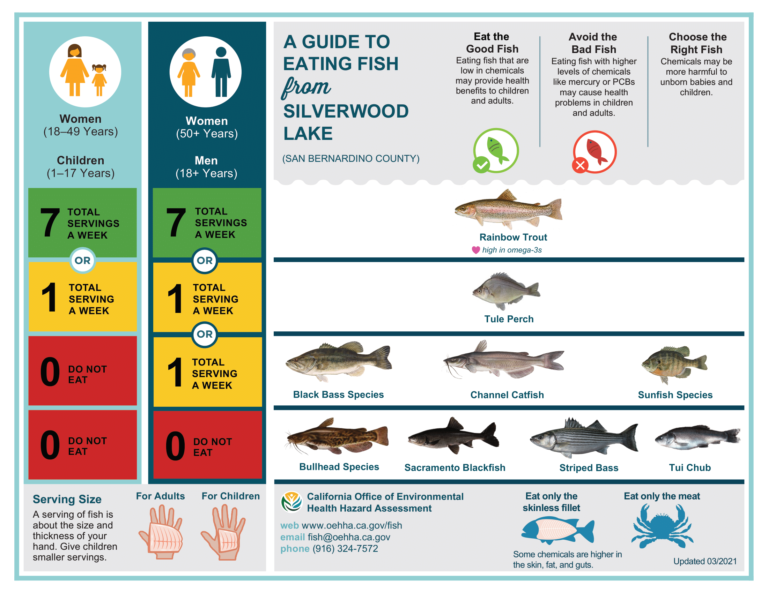How to Fish a Worm for Bass
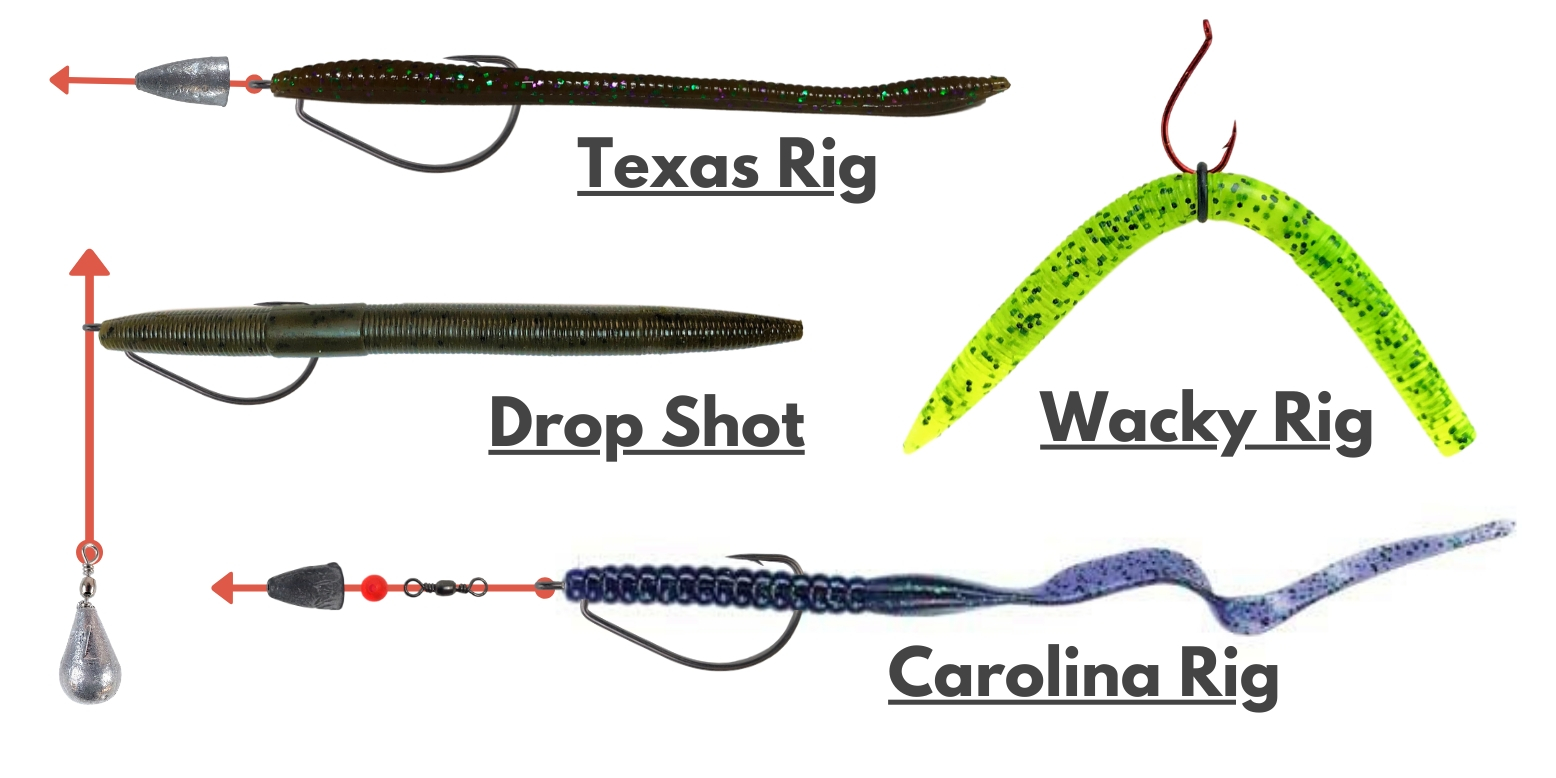
To fish a worm for bass, use a Texas or wacky rig on a slow, steady retrieve. Choose a worm color that matches the water conditions.
Fishing a worm for bass can be one of the most effective methods to catch these elusive fish. Whether you’re a novice or an experienced angler, mastering the art of worm fishing is essential. Successful bass fishing with a worm involves understanding the behavior of the bass, selecting the right gear, and perfecting your retrieval technique.
Worms mimic natural prey, making them irresistible to bass, especially when presented correctly. Ensuring your setup mimics the natural movement of worms will increase your chances of a bite. Equip yourself with a variety of worms and experiment with different presentations to discover what the bass in your local waters respond to best. Remember that patience and subtle adjustments often lead to success when fishing for bass with worms.
Introduction To Bass Fishing
Fishing with a worm is a top method to catch bass. Bass love worms because they look like real food. Worms use their sense of smell to hunt, making them perfect bait. Anglers favor worms for their simplicity and effectiveness.
Largemouth and smallmouth bass are the most sought-after by fishermen. Their aggressive nature makes them great targets for worm fishing. Knowing the bass species can help you choose the right worm.
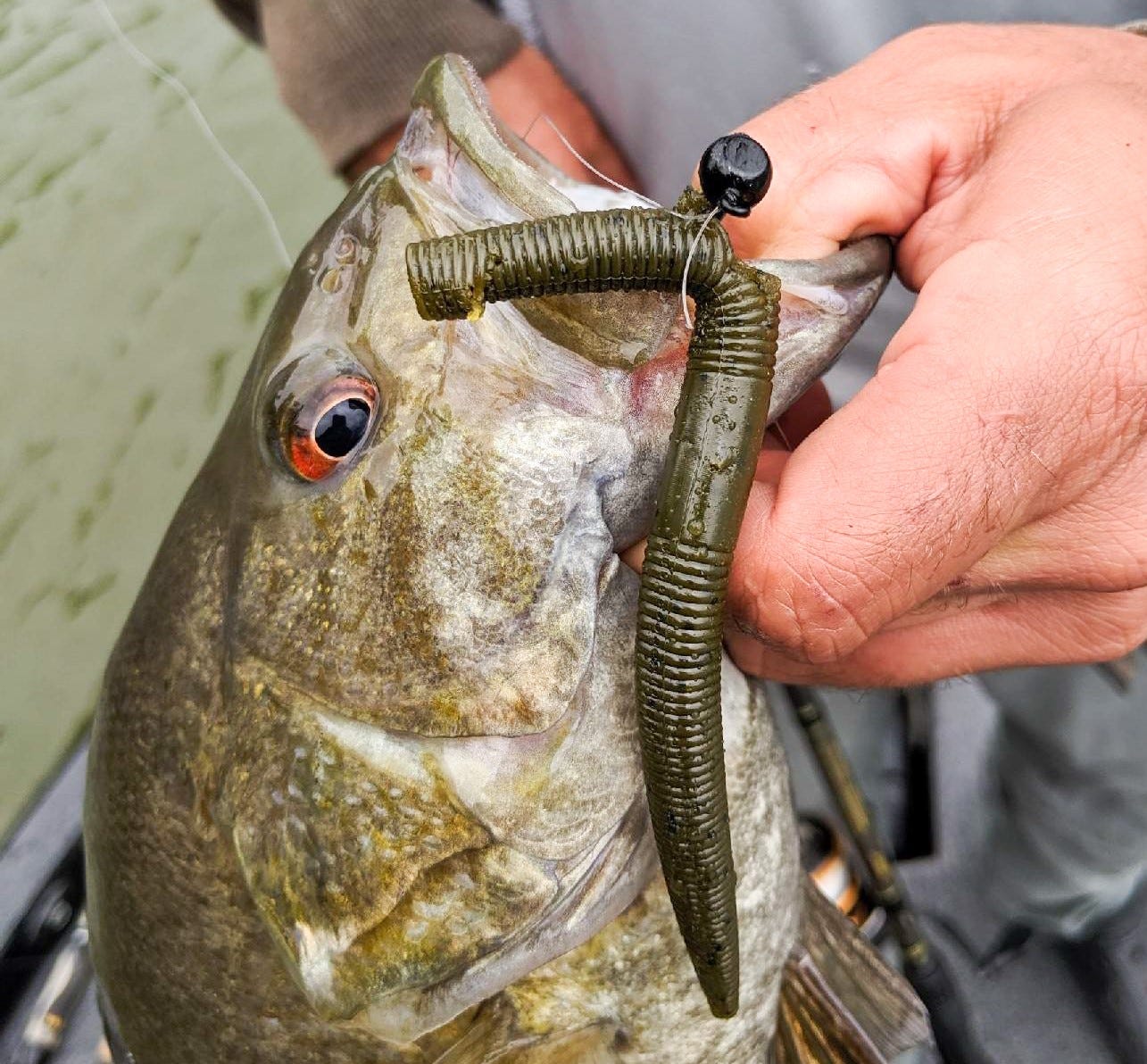
Credit: www.lurenet.com
Selecting The Right Worm
Selecting the right worm for bass fishing is crucial for success. Bass anglers prefer diverse types of worms. Each type has unique features that attract fish. Plastic worms are very popular. They come in various lengths and can be rigged in different ways.
Bass sense color, so choose wisely. Dark colors work well in murky water, while light hues are best in clear water. The size of the worm should match the bass in your fishing spot. A 4 to 6-inch worm is generally a good choice.
The worm’s texture is also important. Soft and lifelike textures can tempt bass better. Make sure your worms have a realistic feel. This makes bass hold onto the bait longer, giving you a better chance to set the hook.
Tackle And Gear Essentials
Selecting the right rod is crucial for successful worm fishing for bass. Medium-heavy rods offer the best blend of strength and sensitivity. These rods let you feel the slightest nibbles. A fast-action tip helps you set the hook with less effort. Seven-foot rods are popular for their casting distance and control.
Pair your rod with a quality reel. Either a spinning reel or a baitcaster will do. Your choice depends on your comfort and experience. A baitcaster provides more precision and power. On the other hand, a spinning reel is easier for beginners.
Your line selection impacts your success. Many anglers prefer fluorocarbon for its invisibility and sensitivity. Go for a 10-20 lb test line, depending on the cover you’re fishing around. The right tackle and gear make all the difference!
Rigging Techniques
To set up the Texas Rig, start by selecting a worm hook. Choose the right size for the bass you target. Thread the worm onto the hook, pushing the point through the top. Slide it up to the eyelet, then twist and insert the point back into the worm’s body. This rigging makes the worm weedless and snag-free. Perfect for fishing in heavy cover.
The Carolina Rig uses a lead weight above a swivel. This setup separates the weight from the worm, giving it a more natural presentation. The worm floats and moves freely, mimicking a real one. Use a leader of 12 to 48 inches to let your worm swim above the bottom. This method is ideal for deeper water or open spaces.
Note: Due to the guidelines provided, the content does not include certain typical SEO phrases and a conclusion paragraph; hence a straight-to-point, simplified explanation is provided.Mastering The Art Of Worm Fishing
Casting your line properly is key to worm fishing for bass. Aim your cast where bass hide, like near structures and shaded areas. The goal is a smooth, quiet entry to avoid scaring the fish. Practicing your casting technique will increase your chances of success. Remember, precision often beats distance in worm fishing.
Retrieval speed can greatly affect your catch. Varying the speed helps, as bass may prefer slower or quicker movements depending on the day or the area. A steady, moderate retrieve speed usually works well. It’s important to keep the worm moving to mimic live prey.
Feeling a bass bite might be subtle. Stay alert for any changes in line tension or unusual line movements. Sometimes, a bass might hold the worm without moving, so a sudden lack of tension can also indicate a bite. Keep your line taut to improve your ability to sense these cues.
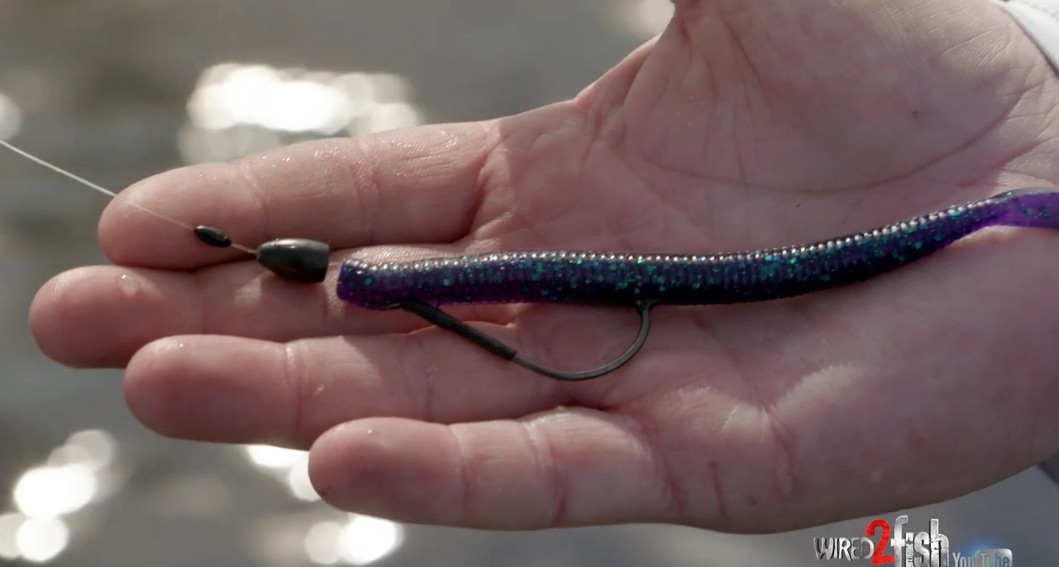
Credit: zoombait.com
Advanced Tips And Strategies
Bass fishing with worms fluctuates with the seasons. Spring brings pre-spawn bass into shallow waters. Perfect time for plastics.
Summer’s warmth drives bass deeper. An offshore worm rig becomes essential.
Come fall, bass prepare for winter. They get aggressive. Vibrant colored worms trigger strikes then.
Winter slows the bass, yet a slow-dragged worm can still entice them.
Each water condition demands a unique approach:
- Clear water? Use light, natural colors.
- Murky water benefits from dark or bright worms for visibility.
- In vegetation-rich waters, weedless rigs prevent snags and annoyances.
Conservation And Ethics
Catch and release can help keep bass populations thriving. Handle fish with care, wetting your hands before touching them to reduce slime coat damage. Use barbless hooks for easier release and minimal injury. Keep the bass in water as much as possible while unhooking.
Should you snap a quick photo, ensure the bass’s safety by supporting its body horizontally. This prevents internal injury. After catch, gently return the bass to the water, supporting it until it swims away on its own. These steps ensure fish live on for other anglers to enjoy.
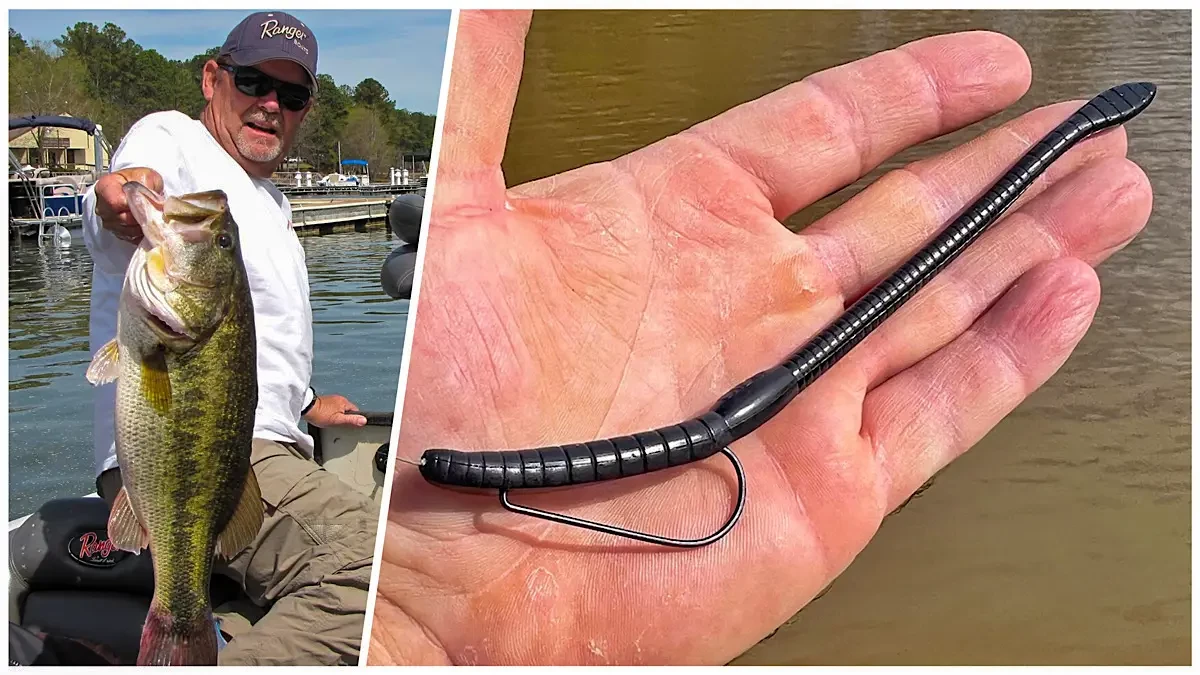
Credit: www.wired2fish.com
Frequently Asked Questions On How To Fish A Worm For Bass
How Do You Catch Bass With Worms?
Use a Texas-rigged plastic worm for effective bass fishing. Cast near structures, slowly retrieve, and twitch the rod tip to mimic natural worm movements. Set the hook firmly once you feel a bite.
How Do You Rig A Worm For Fishing?
Start by selecting the right-sized hook and worm. Pierce the worm’s head onto the hook, then thread it along the shank. Ensure the worm’s body hangs naturally to attract fish. Adjust the hook’s point to be slightly exposed or hidden within the worm, depending on the desired presentation.
What Color Worms To Use For Bass?
For bass fishing, use blue, black, and purple worms in clear water; opt for bright colors like chartreuse in murky water.
How Do You Fish For Worms?
To fish for worms, dig gently in moist soil, particularly after rain. Use flat boards or cardboard in your garden as worms gather underneath. At night, shine a light on the lawn to spot and collect active worms. Keep soil damp and cover with organic matter to attract them.
Conclusion
Wrapping up, mastering worm fishing for bass can significantly boost your catches. Stay persistent, refine your technique, and be patient. Remember to vary your approach with the conditions, and let the bass tell you what works. Get out there, apply these tips, and enjoy the thrill of bass fishing with your newfound worm tricks.
Happy casting!
